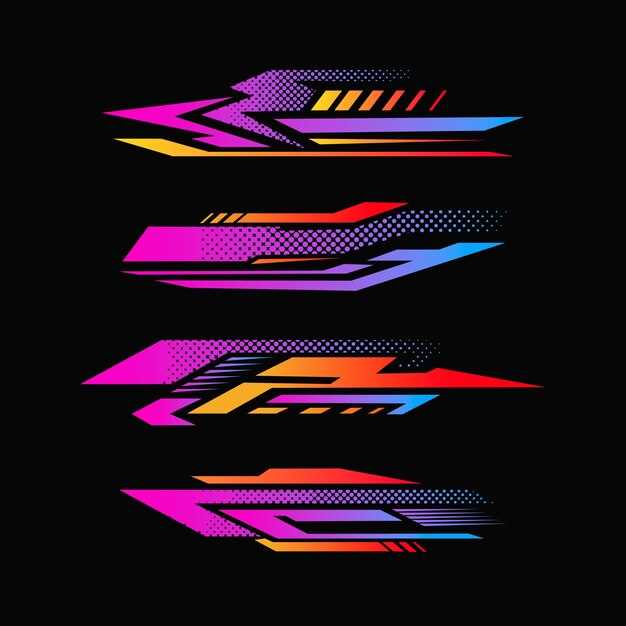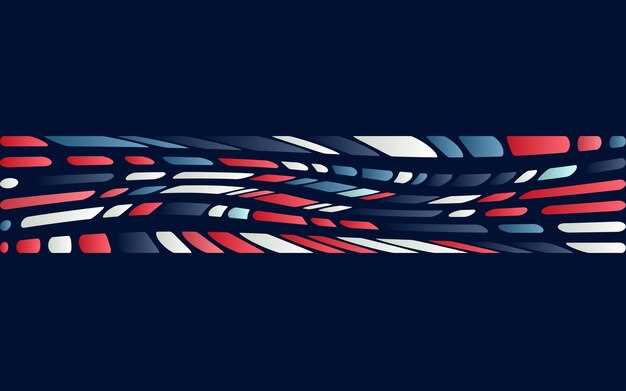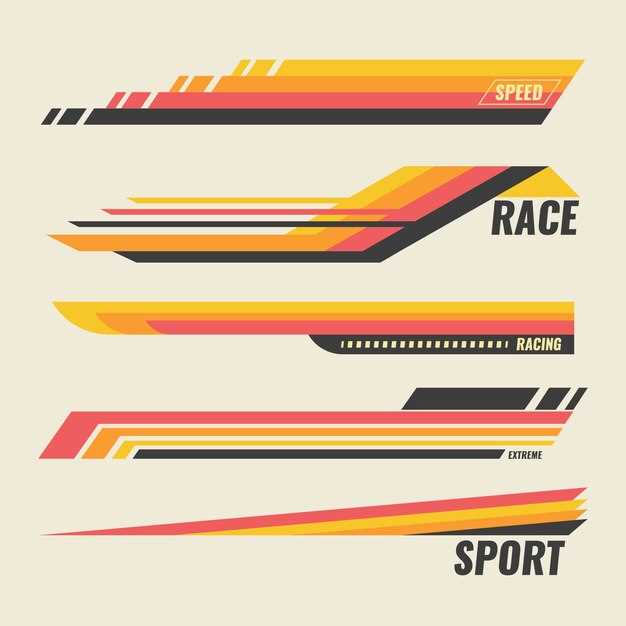
In the world of motorsports, the livery of a car is as essential as its performance on the track. A well-designed livery not only showcases the team’s identity but also adds a visual flair that can captivate fans and competitors alike. This guide will provide valuable tips on how to create unique racing livery designs that stand out from the crowd.
When it comes to designing a racing livery, the first step is to understand the character and purpose of your car. Each vehicle has its own story, and your design should reflect that narrative through colors, patterns, and sponsor logos. A cohesive theme will enhance the visual impact and reinforce brand recognition.
Additionally, incorporating innovative elements into your livery can set your car apart. Experimenting with color gradients, bold typography, and unique shapes can make a significant difference. Remember, the goal is not only to be eye-catching but to create a design that resonates with the audience while remaining true to the spirit of racing.
Choosing a Color Palette That Stands Out on the Track
Creating a distinctive color palette is crucial for racing livery designs. The right colors can enhance visibility, reflect the car’s personality, and resonate with fans. Here are some tips to help you choose a standout color palette:
- Understand color psychology: Different colors evoke various emotions and reactions. For instance, red signifies speed and excitement, while blue suggests trust and reliability. Consider how you want your design to be perceived on the track.
- Contrast is key: High contrast between colors ensures that your car is easily recognizable from a distance. Use dark shades paired with bright highlights to create a striking visual effect.
- Limit your palette: Opt for 2-4 main colors. A limited palette ensures cohesion and prevents overwhelming designs. This makes it easier for viewers to remember your livery.
- Test in various conditions: Colors can appear differently under track lighting and in various weather conditions. Make sure to test your palette in different environments to see how it holds up in real race scenarios.
- Incorporate sponsor colors: If applicable, include your sponsors’ branding colors. This not only promotes sponsorship but also helps in creating a unified look that appeals to both teams and fans.
- Seek inspiration: Research successful racing teams and their color schemes. Analyze what works well in terms of visibility and public appeal, and adapt elements while maintaining uniqueness.
By thoughtfully selecting a color palette, your race car can become a memorable and effective representation of your design vision. A well-chosen combination of colors can enhance both aesthetics and brand recognition, ensuring your vehicle stands out on the track.
Incorporating Logos and Branding Without Clutter

When designing a racing livery, it’s essential to balance effective branding with aesthetic appeal. The key is to integrate logos in a manner that enhances the overall design of the car rather than overwhelming it. Start by choosing the most prominent logo of your sponsor; this will serve as the focal point of your design.
Consider the placement of the logo carefully. Opt for positions that naturally draw the eye, such as the side panels or the hood of the car. These areas provide visibility without causing visual chaos. Ensuring the logo is adequately scaled is crucial–too large, and it can dominate the design; too small, and it may be overlooked.
Limit the number of logos featured on the livery to avoid clutter. Instead of showcasing every sponsor, prioritize key partnerships and create a hierarchy of branding that reflects the sponsorship’s value. This streamlined approach not only looks cleaner but also allows each logo to stand out.
Use negative space strategically. A well-placed logo surrounded by ample negative space can create a sophisticated look. This technique prevents the design from feeling crowded and makes the branding more impactful.
Color coordination is another vital aspect. Ensure that the colors of the logos complement the overall color scheme of the livery. A cohesive palette enhances the visual unity and prevents logos from clashing with the car’s design.
Lastly, remember that simplicity often leads to elegance. A minimalistic approach to incorporating logos can convey professionalism and sophistication, making your racing livery not only unique but also memorable on the track.
Utilizing Patterns and Graphics for Maximum Visual Impact

In the world of racing car design, the visual impact of a livery can make all the difference in team branding and fan recognition. Patterns and graphics play a crucial role in creating a standout design that captures attention on and off the track. Here are some essential tips for using patterns and graphics effectively in your racing livery.
1. Choose the Right Patterns: Selecting a pattern that reflects your team’s identity is vital. Geometric shapes can convey a modern and dynamic feel, while organic designs may suggest fluidity and agility. Consider how the pattern aligns with your car’s performance attributes and the overall race strategy.
2. Balance Graphics and Colors: A good balance between graphics and color is essential for a cohesive design. While bold colors can attract attention, overcrowding the car with too many graphics may dilute the impact. Aim for a design where patterns complement the color scheme, enhancing the car’s appearance without overwhelming it.
3. Incorporate Branding Elements: Use patterns and graphics to boost your team’s visibility. Integrate logos, sponsors, or specific motifs that embody your brand. Ensure these elements are harmoniously blended into your livery without overshadowing the primary design features.
4. Opt for Contrast: High contrast between different elements boosts visibility, especially at high speeds. Utilize contrasting colors and patterns to ensure that your car stands out amidst the competition. This technique helps viewers immediately identify your team and creates a lasting image in their minds.
5. Innovative Use of Negative Space: Don’t forget the importance of negative space. It can accentuate your patterns and graphics, allowing the design to breathe. Cleverly using this element can create a striking visual narrative that engages viewers and draws them in.
By implementing these strategies, you can create a racing livery that not only looks visually stunning but also resonates with fans and enhances your team’s presence on the track. The combination of patterns and graphics is a powerful tool in crafting a memorable and unique car design.



